SOURCE: RAUNAK KUNDE / NEWS BEAT / IDRW.ORG

The Defence Research and Development Organisation (DRDO) has made significant progress on India’s indigenous Submarine-Launched Cruise Missile (SLCM). Following successful trials last year, DRDO reportedly conducted two more tests in the past 12 months, showcasing an improved range.
The latest iteration of the SLCM boasts a range of 500+ kilometers, allowing it to strike targets deep within the enemy territory or at sea. This extended range significantly enhances India’s offensive capabilities.
Continue readingSOURCE: RAUNAK KUNDE / NEWS BEAT / IDRW.ORG
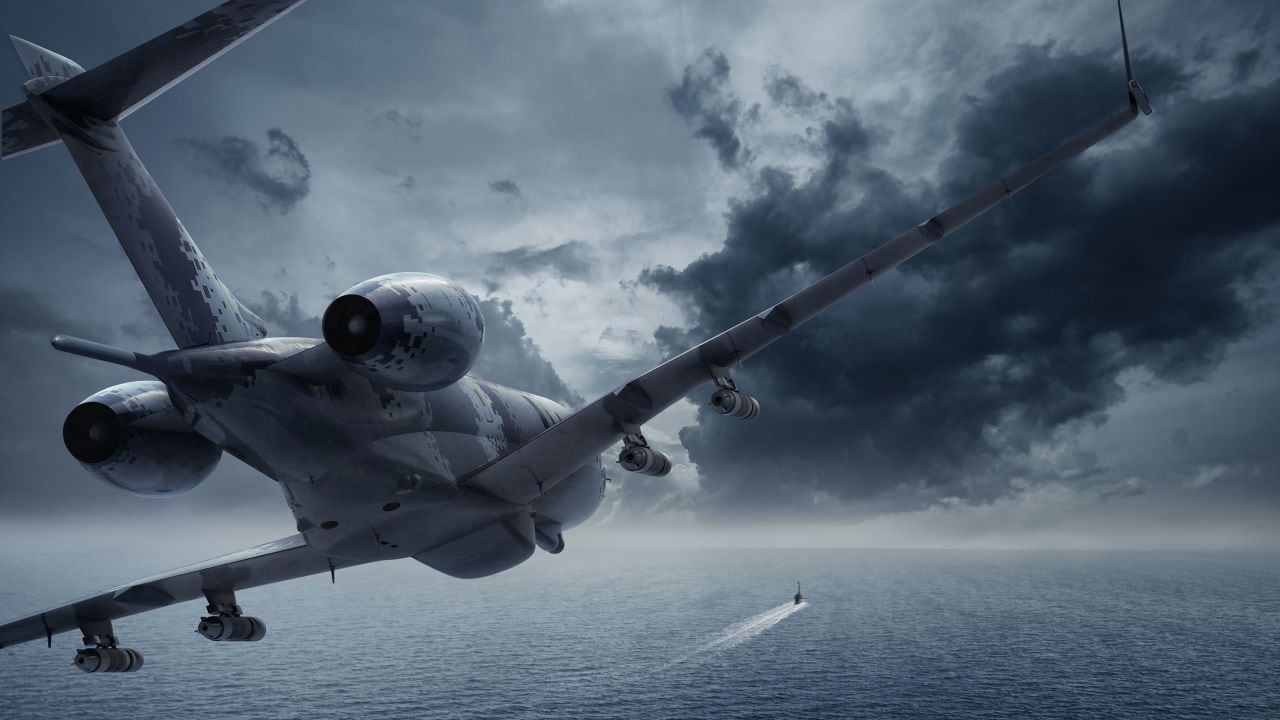
The Indian Navy’s plan to acquire additional P-8I long-range maritime patrol aircraft (MPA) has been put on hold. Instead, the Navy has opted to procure nine new Medium Range Maritime Reconnaissance (MRMR) aircraft based on the Airbus C-295 transport platform.
These MRMR aircraft, developed by Airbus, will provide the Navy with enhanced capabilities for various missions including maritime surveillance, anti-submarine warfare, and maintaining maritime domain awareness. Additionally, they will be equipped with DRDO-developed Electronic Intelligence (ELINT), Communications Intelligence (COMINT), and special operations.
Continue readingSOURCE: RAUNAK KUNDE / NEWS BEAT / IDRW.ORG
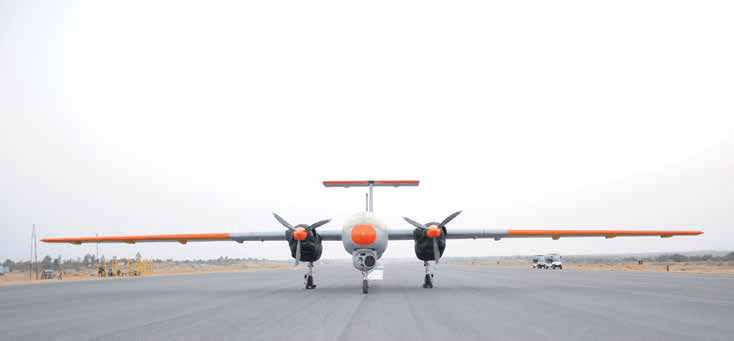
The Indian Navy is set to receive a boost in its maritime surveillance capabilities with the indigenous Tapas MALE (Medium-Altitude Long-Endurance) UAV. According to reports, the Navy has decided to place an initial order for four units of the Tapas, developed by the Aeronautical Development Establishment (ADE) and manufactured by Hindustan Aeronautics Limited (HAL).
These Tapas UAVs will be maritime variants, equipped with navy-specific sensors and electronic warfare (EW) suites. This will enable them to perform critical tasks such as patrolling vast swathes of the Indian Ocean Region (IOR) and keeping a watchful eye on surface and subsurface activities.
Continue readingSOURCE: RAUNAK KUNDE / NEWS BEAT / IDRW.ORG
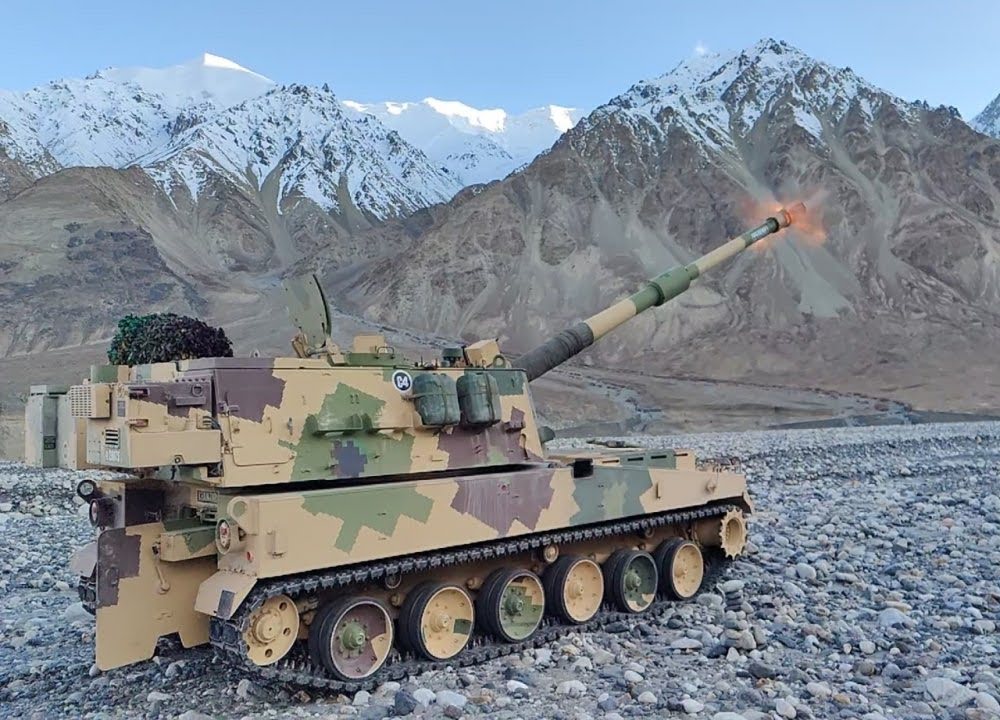
The Indian government is poised to equip the Indian Army with a significant boost in firepower. A critical cabinet committee meeting in August is expected to approve the purchase of 100 additional K9 Vajra tracked, self-propelled howitzers.
This repeat order follows the successful delivery of the first 100 K9 Vajras by Larsen & Toubro (L&T) in 2022. These howitzers, built using technology transferred from South Korean defense major Hanwha Defense, were originally intended for desert deployment. However, their adaptability was proven during the 2020 standoff with Chinese troops in eastern Ladakh. To ensure optimal performance in the harsh mountain environment, the Army procured winterization kits for the deployed K9s. These kits, consisting of nine essential items, safeguard batteries, oils, and lubricants from extreme cold (down to -20°C) and prevent freezing.
Continue readingSOURCE: RAUNAK KUNDE / NEWS BEAT / IDRW.ORG

Lockheed Martin which is vying for a major contract with the Indian Air Force (IAF) to supply 40-80 new medium transport aircraft (MTA) to replace its ageing fleet of Soviet-era An-32s has identified two potential Indian partners Tata Lockheed Martin Aerostructures Limited (TLMAL) and state-owned Hindustan Aeronautics Limited (HAL) for local manufacturing of its C-130J Super Hercules aircraft.
TLMAL is a joint venture between Tata Advanced Systems Limited (TASL) and Lockheed Martin. The company has a successful track record, serving as the single global source of C-130J empennage assemblies for all new Super Hercules aircraft manufactured in Marietta, Georgia, USA. This existing partnership positions TLMAL as a strong contender for the local production of C-130Js in India.
Continue readingSOURCE: RAUNAK KUNDE / NEWS BEAT / IDRW.ORG
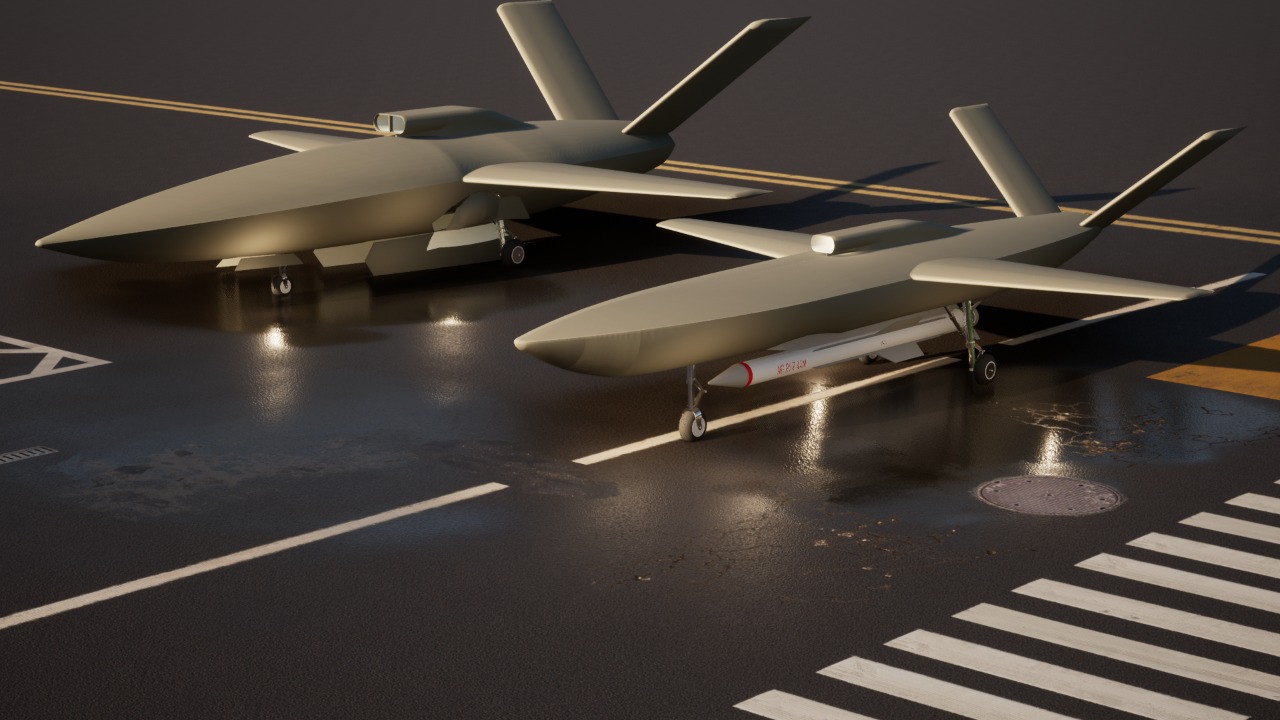
In a significant stride towards advancing India’s defence capabilities, state-owned Hindustan Aeronautics Limited (HAL) has initiated the procurement process for the components necessary to develop the CATS Warrior Loyal Wingman prototype. According to information provided to the IDRW team, HAL aims to roll out the prototype by early 2026, adhering to the planned timeline.
The CATS Warrior, part of the Combat Air Teaming System (CATS), represents a leap forward in unmanned aerial vehicle (UAV) technology. Designed to operate as a “loyal wingman,” this UAV will accompany manned aircraft on missions, enhancing their capabilities and survivability. The project, which commenced in 2018, garnered significant attention during its showcase at Aero India 2021.
Continue readingSOURCE: RAUNAK KUNDE / NEWS BEAT / IDRW.ORG
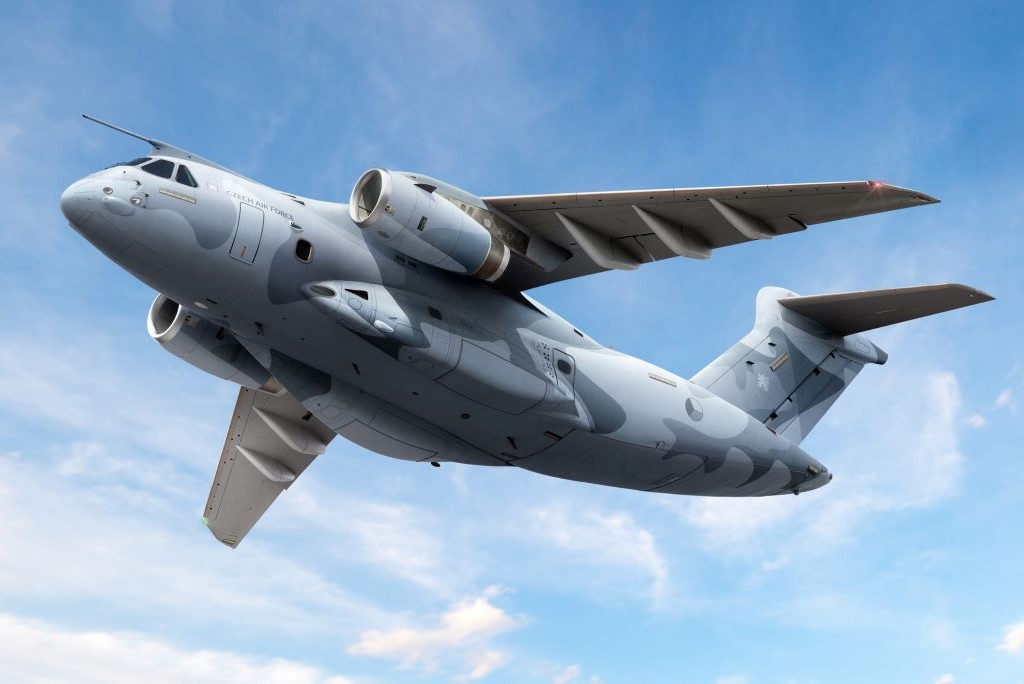
Embraer has cast aside plans for an immediate expansion of the C-390 military transport aircraft. Their focus remains on maximizing the capabilities of the current design to meet operational needs. This decision comes as Embraer actively pitches the C-390 to the Indian Air Force (IAF) for their medium transport aircraft requirement.
The C-390 boasts a 26-tonne concentrated load capacity and a 23-tonne distributed load capacity, along with impressive airdrop performance. These specifications fall squarely within the IAF’s 18-30 tonne requisition. To further solidify their bid, Embraer has partnered with Mahindra in India for potential local production of the C-390.
Continue readingSOURCE: RAUNAK KUNDE / NEWS BEAT / IDRW.ORG
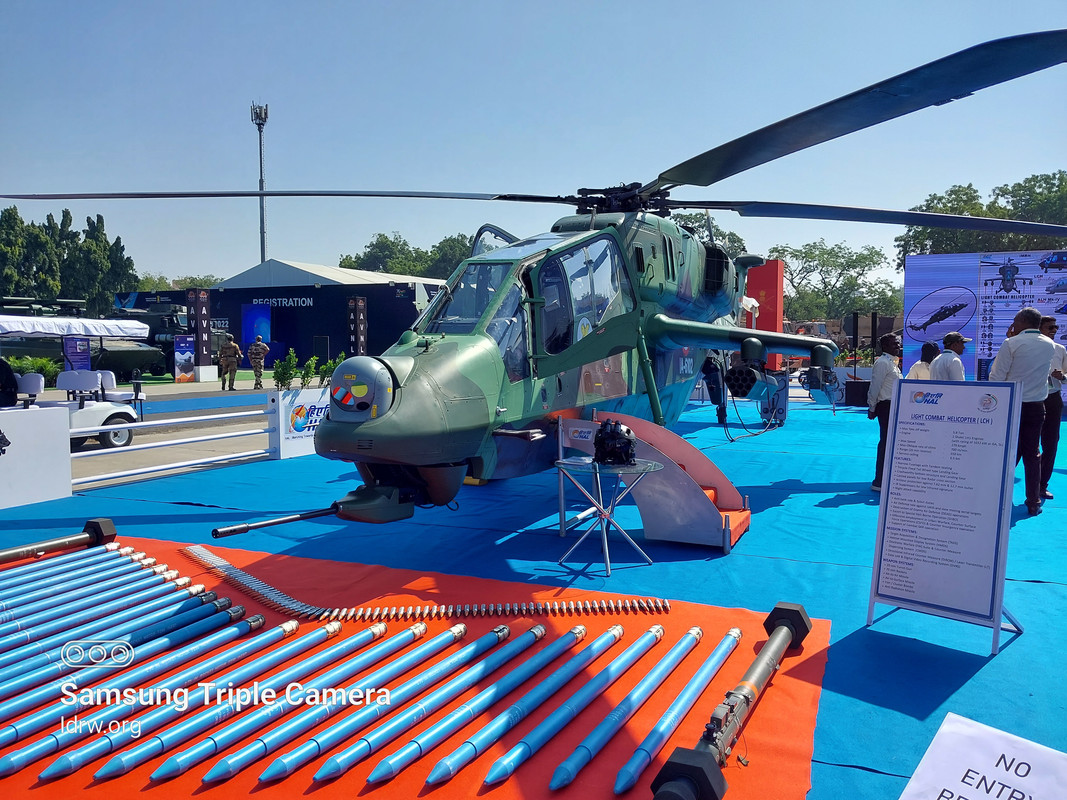
Hindustan Aeronautics Limited (HAL) is buzzing with activity after receiving a Request for Proposal (RFP) from the Indian Ministry of Defence (MoD) for a staggering 156 LCH Prachand light attack helicopters. But HAL isn’t resting on its laurels. They’ve already begun looking ahead, tweaking the LCH platform for potential future technologies, even if the armed forces haven’t explicitly requested them yet.
Drawing lessons from the recent Ukraine conflict, HAL anticipates a growing demand for integrating Unmanned Aerial Vehicles (UAVs) with attack helicopters. This would likely involve large display screens and helmet-mounted displays for enhanced situational awareness. HAL is proactively preparing the LCH for this integration, confident that such a request from the Indian armed forces is on the horizon.
Continue readingSOURCE: RAUNAK KUNDE / NEWS BEAT / IDRW.ORG

The Indian Army is set for a significant boost in its firepower with the Ministry of Defence (MoD) expected to approve the procurement of nearly 2,000 155mm terminally guided munitions (TGMs) later this year. This move marks a major stride towards self-reliance in critical defence technology.
Last year, the Army took a crucial step by issuing Project Sanction Orders (PSOs) to five domestic companies under the Make-II procurement scheme. These companies – Munitions India Ltd (MIL), Adani Defence Systems and Technologies Ltd (ADSTL), Bharat Forge Ltd, Economic Explosives Ltd, and Premier Explosives Ltd – were tasked with developing prototypes of 155mm TGMs.
Continue readingSOURCE: RAUNAK KUNDE / NEWS BEAT / IDRW.ORG

In a significant stride towards bolstering defence cooperation, India’s National Security Advisor (NSA) Ajit Doval and his US counterpart, Jake Sullivan, convened for the second meeting under the Initiative on Critical and Emerging Technologies (iCET). The discussions focused on co-production, co-development, and research and development (R&D), underscoring the deepening strategic partnership between the two nations.
A key highlight of the meeting was the reiterated offer from the United States to jointly develop a new engine for India’s Advanced Medium Combat Aircraft (AMCA) 5th generation program. This proposal aims to rejuvenate discussions that had previously stalled due to high Transfer of Technology (ToT) levels demanded by India’s Defence Research and Development Organisation (DRDO).
Continue readingSOURCE: RAUNAK KUNDE / NEWS BEAT / IDRW.ORG
Armenia has reportedly approached India to inquire about acquiring theatre quasi-ballistic missiles, a move likely prompted by Azerbaijan’s recent use of the Israeli-made LORA system. The LORA, boasting a range of 400km, emerged as a concern for Armenia during the 2020 Nagorno-Karabakh conflict. Azerbaijan’s deployment in the war’s final days, particularly against the Lachin corridor bridge, highlighted the potential threat it poses.
At Aero India 2023, a Memorandum of Understanding (MoU) was signed between Bharat Electronics and IAI for potential LORA production in India. However, this licensing agreement is likely still in its early stages.
Continue readingSOURCE: RAUNAK KUNDE / NEWS BEAT / IDRW.ORG
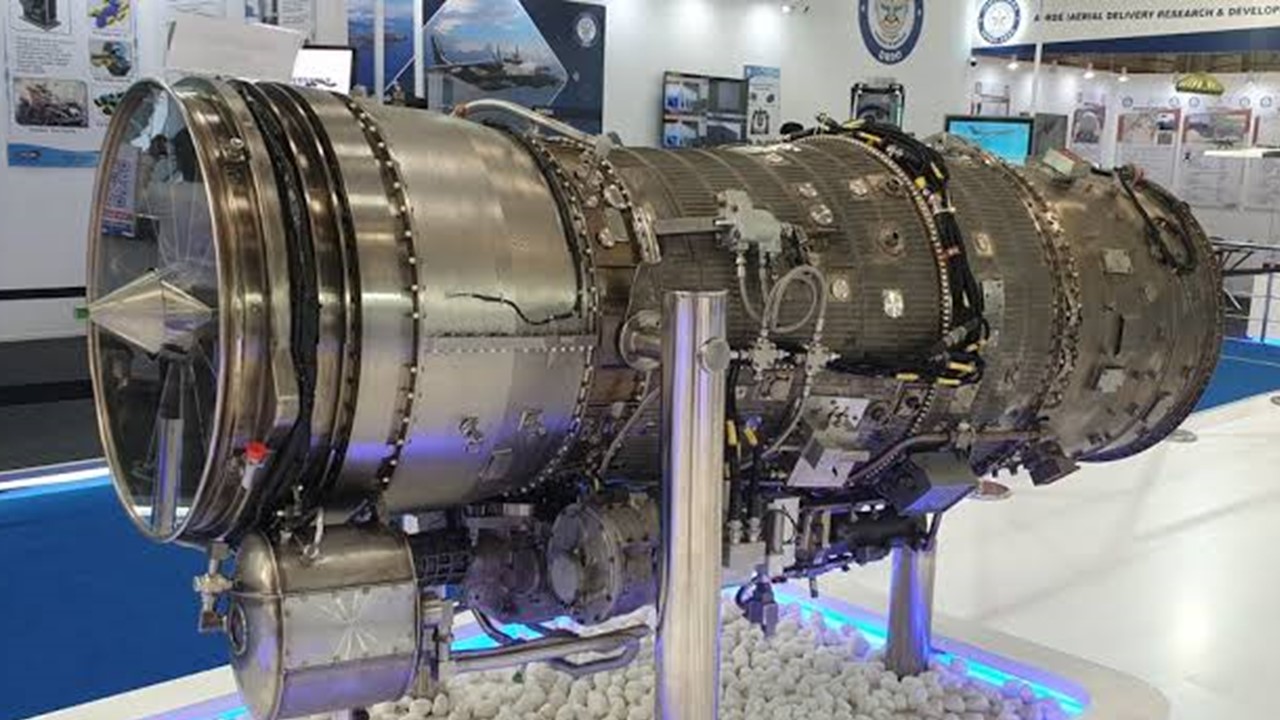
The Gas Turbine Research Establishment (GTRE) has expressed confidence that the Dry Kaveri engine, once proven on the Light Combat Aircraft (LCA) Tejas Mk1 Trainer, will pave the way for the development of the more advanced Kaveri 2.0 engine. This progress is crucial for securing additional funding for further research and development.
The current Dry Kaveri engine, equipped with an afterburner, is capable of generating 46kN of thrust in dry configuration and 73kN with an afterburner (wet thrust). Despite these impressive figures, this level of thrust is insufficient to power the Tejas Mk1A or MkII platforms effectively. However, the successful deployment and performance of this engine on the Tejas Mk1 Trainer will demonstrate GTRE’s capabilities and build a strong case for additional investment.
Continue readingSOURCE: RAUNAK KUNDE / NEWS BEAT / IDRW.ORG
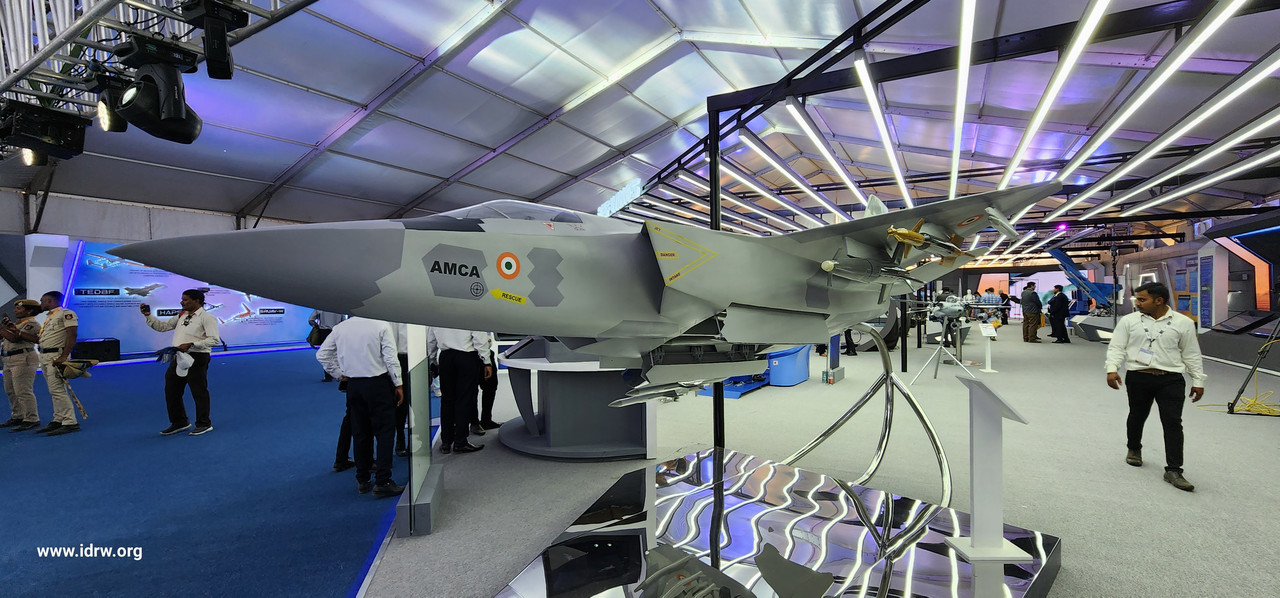
India’s ambitious Advanced Medium Combat Aircraft (AMCA) program is taking a significant step forward with the formation of a public-private sector consortium for its manufacturing. This innovative approach signifies a new chapter in Indian defense production.
The Ministry of Defence has already issued an Expression of Interest (EoI) to gauge industry interest, receiving a positive response with three proposals. The AMCA program will be executed through a special purpose vehicle (SPV) model, integrating private players into the process. This public-private partnership marks a first for India, with the private sector holding a majority stake in the SPV. This consortium will be responsible for assembling and maintaining the AMCA jet once it enters production, expected around 2032-2033.
Continue readingSOURCE: RAUNAK KUNDE / NEWS BEAT / IDRW.ORG

India’s state-owned aerospace giant, Hindustan Aeronautics Limited (HAL), has proposed developing unmanned aerial vehicle (UAV) variants of its successful Dhruv and Light Utility Helicopter (LUH) platforms. This initiative aims to provide the Indian Army and Air Force with dedicated unmanned platforms for reconnaissance and cargo missions, allowing the manned versions to focus on high-value tasks.
Equipping the armed forces with unmanned Dhruv and LUH variants would offer several advantages. By delegating reconnaissance and cargo missions to these UAVs, the manned helicopters can be reserved for critical operations demanding human intervention and decision-making, such as combat search and rescue or close-air support.
Continue readingSOURCE: RAUNAK KUNDE / NEWS BEAT / IDRW.ORG

The National Aerospace Laboratories (NAL), a premier research institute under CSIR (Council of Scientific and Industrial Research), is seeking a highly qualified Specialist Consultant to support the development of the SARAS Mk2 multirole Light Transport Aircraft. This is a significant opportunity for an experienced aerospace professional to contribute to a nationally important project.
The SARAS Mk2 project holds immense significance for India’s civil aviation sector. This multirole light transport aircraft promises to enhance domestic air connectivity and cater to diverse operational needs.
Continue reading